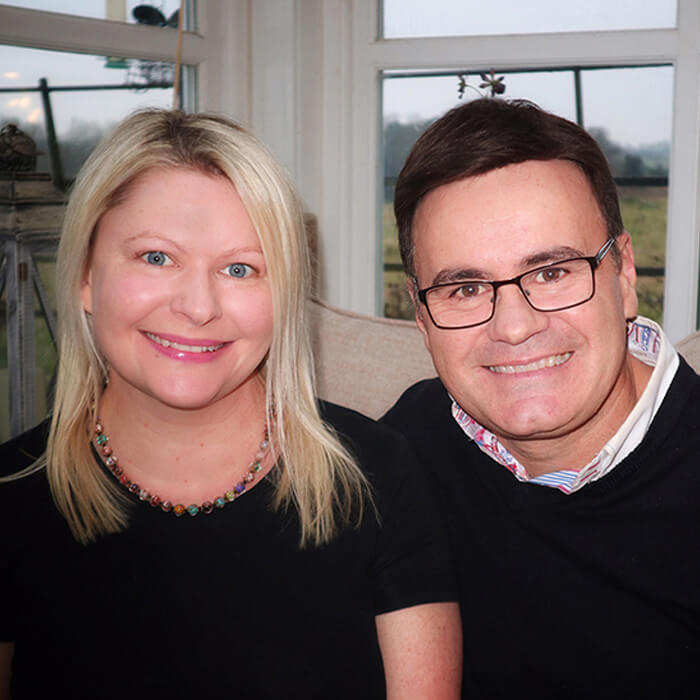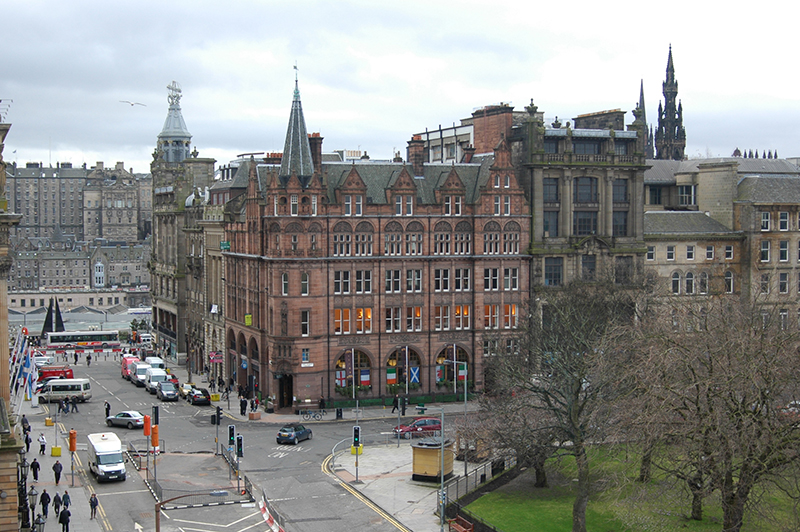
by Guest contributor | Aug 11, 2014 | Travel blogger destinations, United Kingdom
August is my favourite time of year to visit Edinburgh, and I’d love to share with you my favourite Edinburgh tours and other essential information for your trip.
Edinburgh tours and activities in summer
Not only is it summertime and the perfect time for a tour to and around Edinburgh, but the city has a serious case of ‘festival fever’ with the Fringe Festival, International Festival, Book and Art Festival, Mela Festival and Military Tattoo all running over the month.
However, it doesn’t matter what time of the year you visit – the Scottish capital always boasts a vibrant atmosphere, rich culture, bloody history and never-ending list of attractions, events and sights.
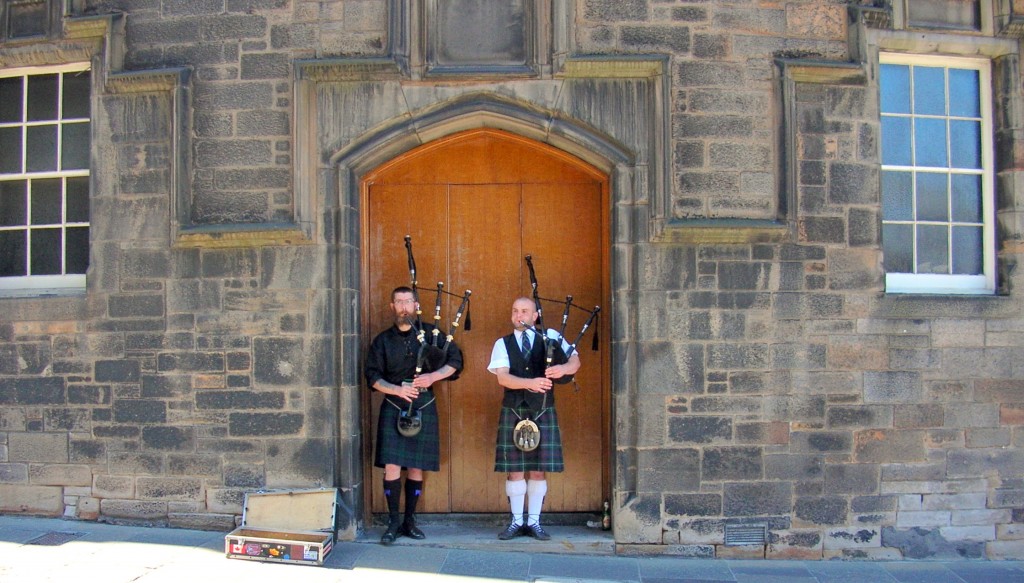
Edinburgh essentials
Edinburgh is a small city and easy to walk around and explore on foot. There is a City Sightseeing tour that you can take to get an overview though.
Also, Edinburgh is a base for tours all over the region, for a day or a few including to Inverness and Loch Ness, the Isle of Skye and even film and television set locations.
Here are my top things to experience in Edinburgh:
Military Tattoo
With the Edinburgh Castle as its backdrop the Military Tattoo is an amazing and patriotic experience. Each year 220,000 people attend this spectacular event, which features over 1,000 performers from across the globe.
This includes Massed Pipers and Drummers, the Bands of Her Majesty’s Royal Marines and cultural troupes. What is great about the Military Tattoo is its crowd – they really get into it – all clapping and cheering along to the marching performers. The most moving performance is always the Lone Piper, a real heart-tugger.
The Royal Edinburgh Military Tattoo runs from 1-23 August 2014.
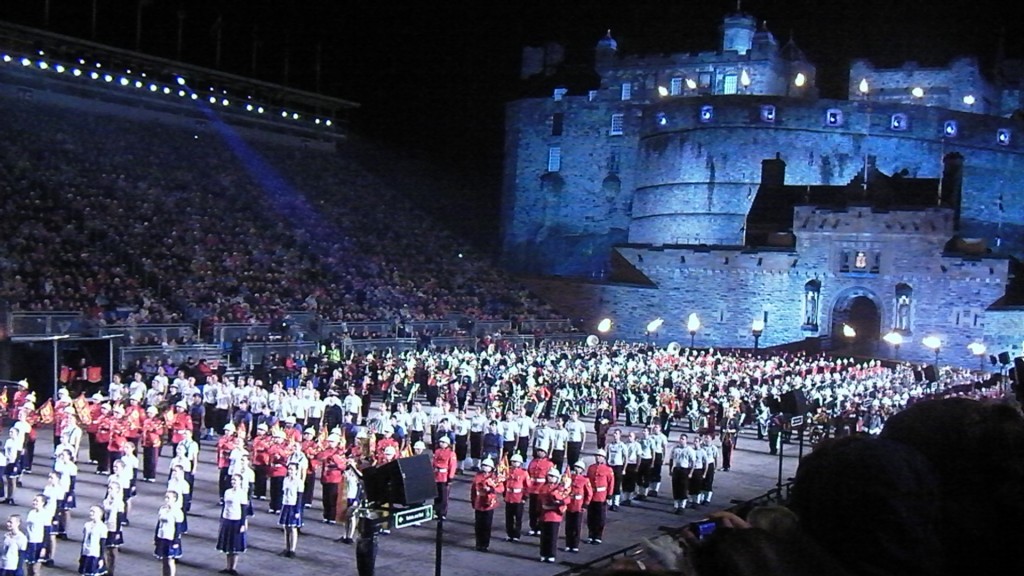
Fringe Festival
Welcome to the largest arts and entertainment festival in the world, the Edinburgh Fringe Festival. Over three weeks (1-25 August 2014), the city is host to more than 42,000 performances and 2,600 shows ranging from stand-up comedy, cabaret, dance, music and theatre.
The Fringe will leave you dizzy with amount of entertainment available – its no wonder the guidebook is over 200 pages. It’s also a great opportunity to check out the city’s venues and performance spaces. Even if you don’t catch a show – the street vibe is electric with demonstrations and busking happening all over.
Tip: Head to the Virgin Money Half Price Hut located at the Mound Precinct on Princess Street for some great deals.
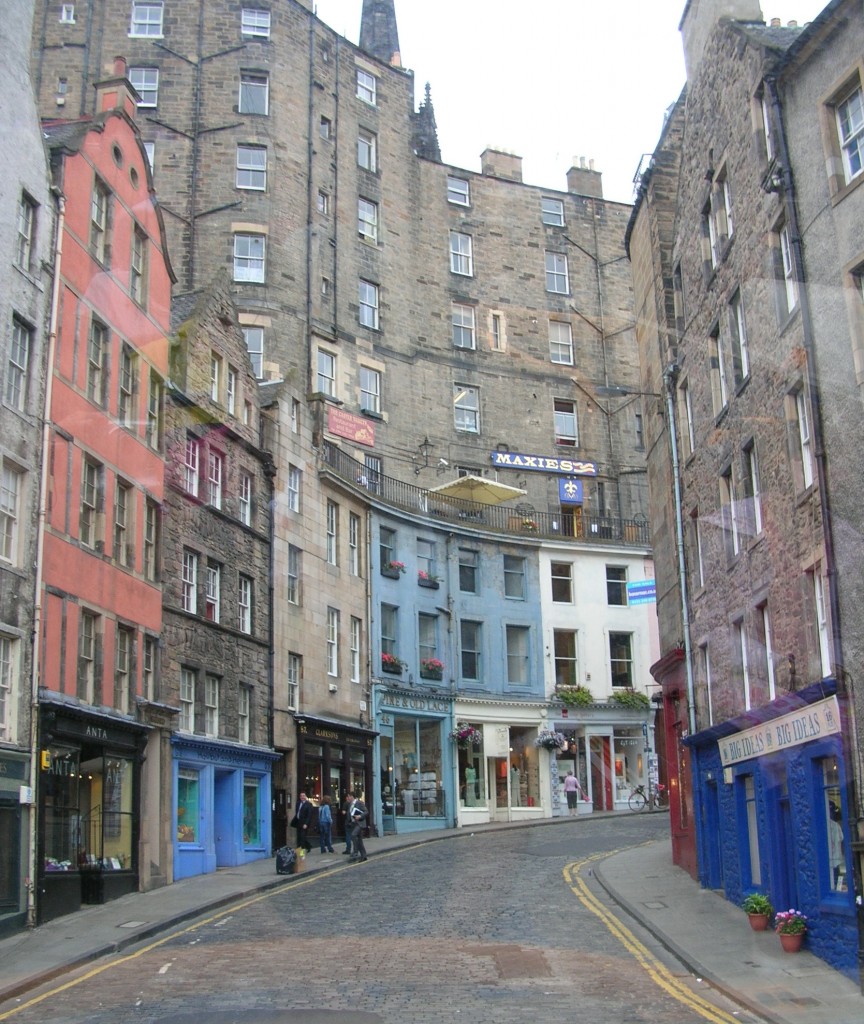
The Real Mary Kings Close
Without a doubt one of the best all-year-round attractions in Edinburgh! At the Real Mary Kings Close you are taken beneath Edinburgh’s Royal Mile, where you’ll see a maze of hidden streets and buildings that have remained frozen and preserved since the 17th century.
See how people lived back then and hear eerie tales of murder, plague-caused deaths and hauntings.
To this day – visitors have been known to hear scratching coming from inside a chimney where a child perished, sounds of a crowded tavern and a mysterious man has been seen roaming.
My favourite tale is of ‘little Annie’, an upset ghost searching for her missing doll. She now has a constant shrine full of toys left by visitors from all over the world. It’s truly an entertaining and fascinating attraction, giving you a unique glimpse into Edinburgh’s past.
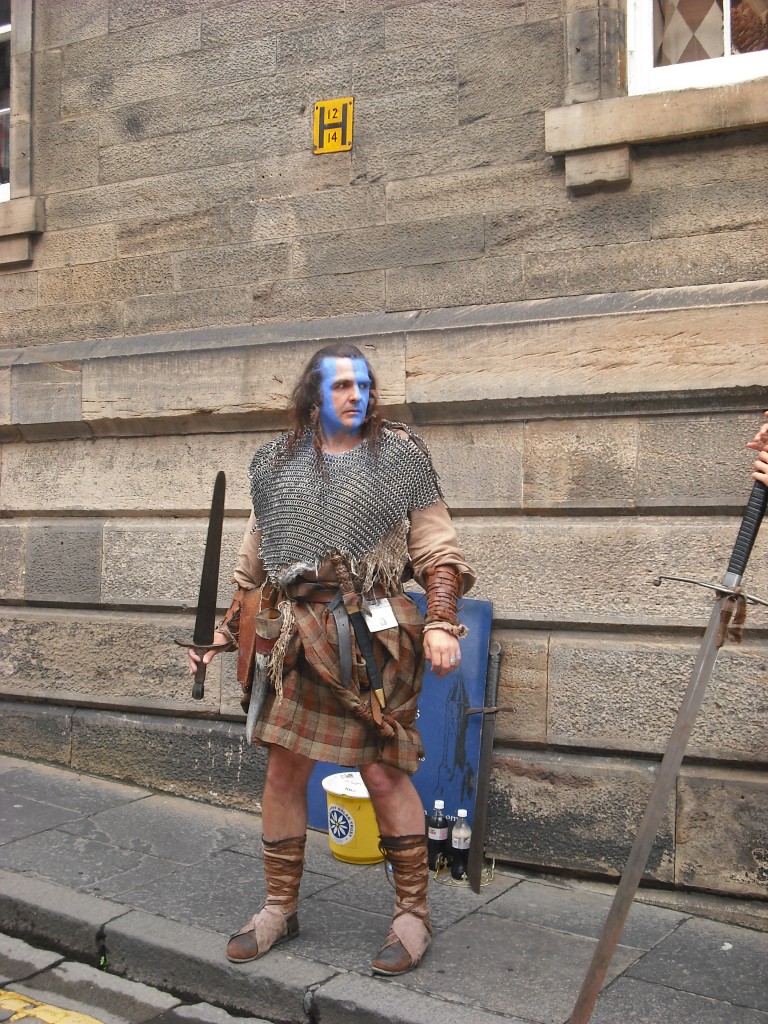
Ghost Walking Tour
No visit is complete without jumping on a ghost-walking tour. Renowned for its dark and bloody history, Edinburgh has endless tales of murder, grave robbing, torture, plague, treason and witch executions.
Explore every nook and cranny of the city and see where harrowing events occurred such as where serial killers, Burke and Hare trawled for their next victims. If you dare join a tour – then be prepared to visit such sights as Greyfries Graveyard at night, be cursed by the South Bridge Vaults and go searching for the terrifying Mackenzie Poltergeist (all available via the ‘City of the Dead’ tours).
Various operators offer ghost walking tours all-year-round.
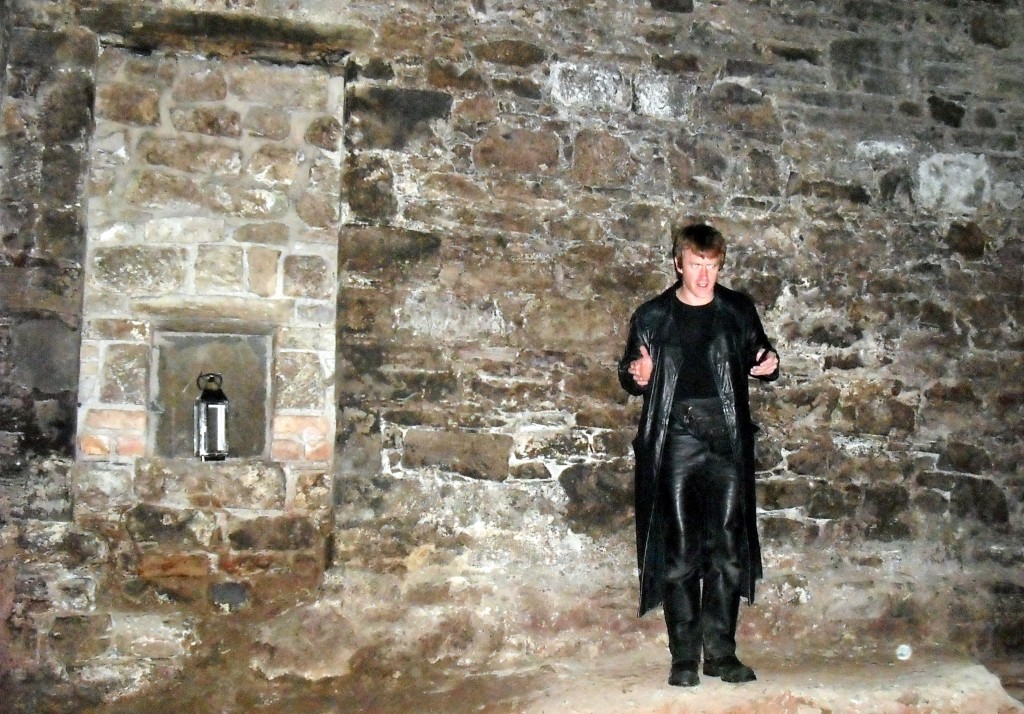
Have you visited Edinburgh? Let us know your essential things to do – drop us a line in the comments below.
About the writer
Danielle Muller (@stuffitgotravel) is a Sydney-based travel blogger and communications professional. Follow her travel adventures, stories and recommendations at stuffitgotravelling.com.
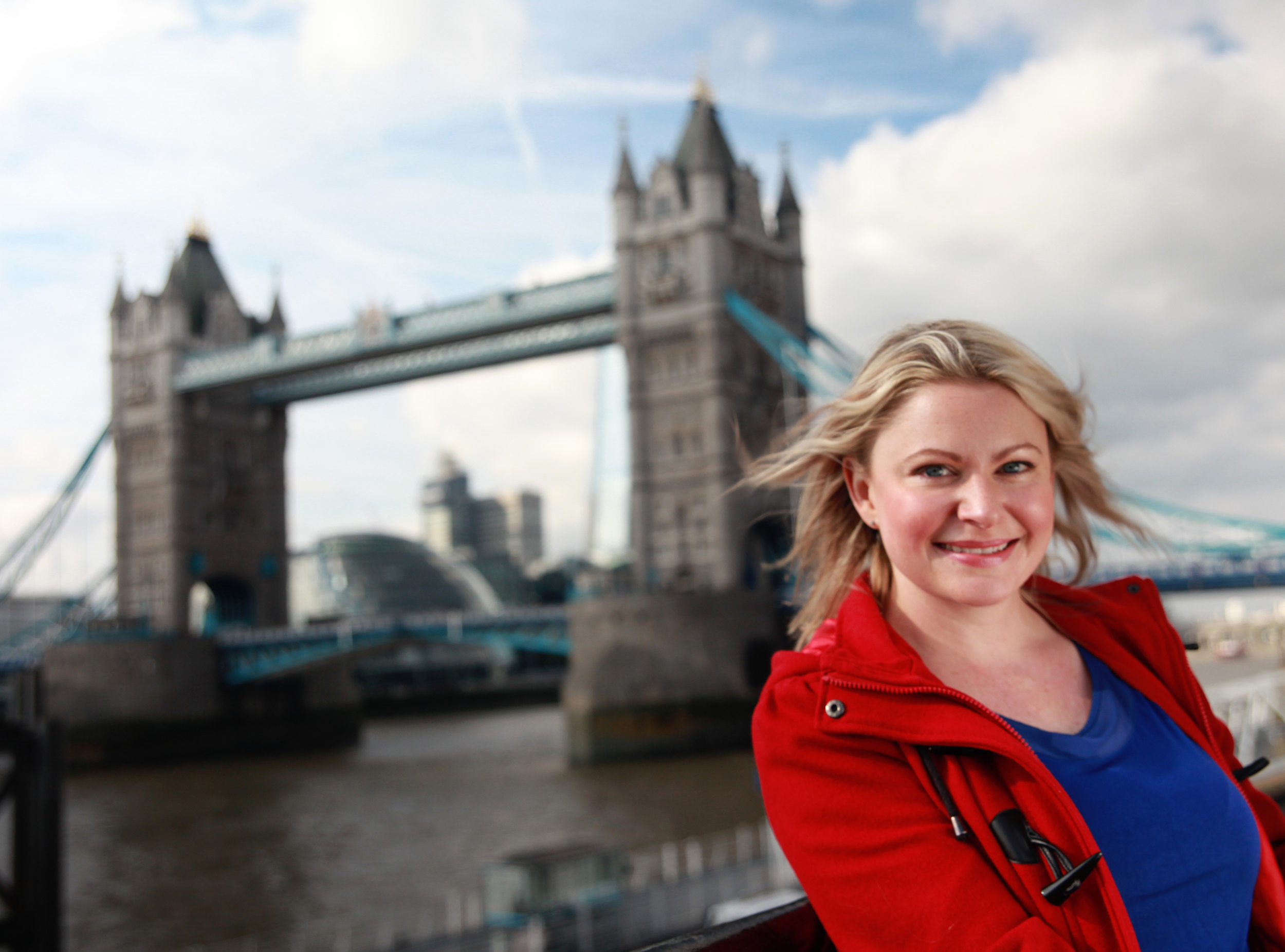
by Sarah Blinco | Nov 3, 2013 | Creative travel experiences, Travel blogger destinations, United Kingdom
Behind the scenes on location with The Photo Boutique, London
As you’ll know if you’ve been following this blog or my social media, I was in the UK recently for a little work mixed with play. Every now and then I need to have some professional photos done for work, because no, my selfies do not resemble those of Miranda Kerr or Rihanna – I need professional help!
The time had come, but I thought to myself in Australia, why not do it in London?! I knew the calibre of photography would be great, but I also figured it might be a nice travel/London memento. And if you’re travelling – solo, as a couple or family – what better way to remember a precious travel experience than to have awesome photos captured? It’s also a fun way to spend a half or full day, and you see the sights all at the same time. A winning idea!

On my hunt for London photographers, I searched for someone who mentioned that they would do shoots on location, as I didn’t just want a studio shoot (that can be done anywhere). I wanted someone who would capture me in my favourite city. I came across Cara Bendon of The Photo Boutique (pictured above), and long story short, she’s amazing!
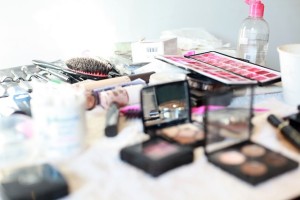
Cara and make-up artist, Catherine Bailey, turned up at the time we’d booked, made me look like I hadn’t been travelling with a flu for the past two weeks, and then we spent the next few hours on the photos. The experience was fun, and I met two lovely, professional people who could very easily be my friends; we got to explore London’s streets and landmarks, and now I’ve got the shots I need for business, but more importantly, some really nice images that link me to my ‘other home’.
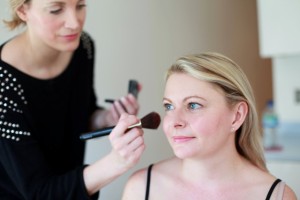
Tips
If you’re going to book something like this, go with your gut when you come across websites and reviews. If you can, ask around for feedback or testimonials. Ladies, if you’re to do this on your own as I did, general advice I’ve been given is to steer clear of male photographers.
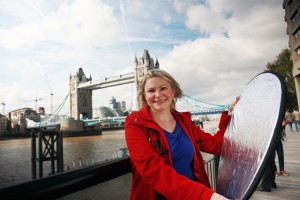
No disrespect, but I’ve been told some horror stories, so unless you know them, I’d advise going with an all-female team (although Cara had me working, see above … kidding! ;-)). Make sure you meet in a place where you’re comfortable and have space to have make-up done and where you can change into a couple of different sets of clothes.
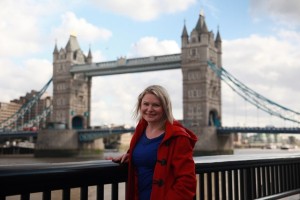
A photo-shoot on your travels; now there’s a unique experience that maybe you’d like to try too.
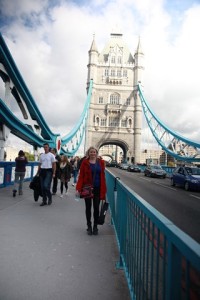
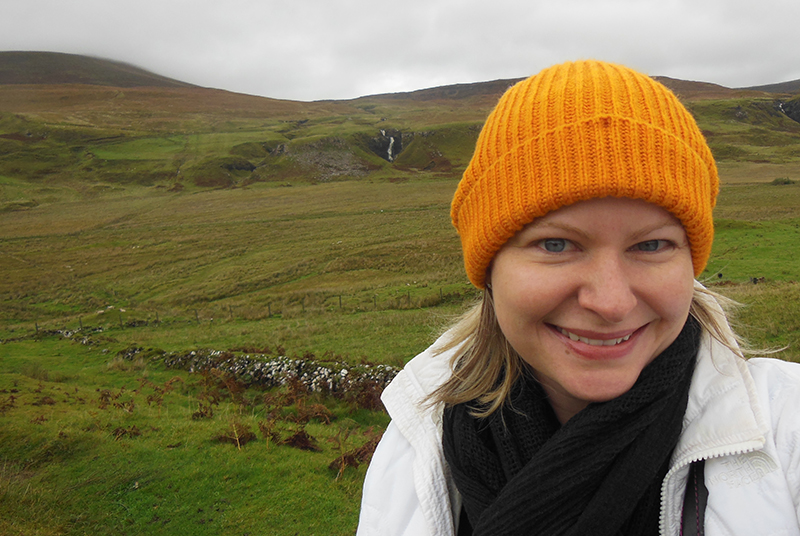
by Sarah Blinco | Oct 24, 2013 | Travel blogger destinations, Travel vlog, United Kingdom
What a wonderful adventure it is fro Edinburgh to Isle of Skye in Scotland.
Here’s a two-minute snapshot of life in the Scottish Highlands for a bunch of travellers on board Haggis Tours….
Edinburgh to Isle of Skye
“Do you trust your Uncle Chris?” Our amusing guide’s dulcet tones broke the silence, rousing us all from a coach-induced delirium. “Yes,” we smiled and nodded, wondering what was coming next.
“Right then, close your eyes. Close them tight, and don’t open them until I say. I’m going to tell you a story…”
A mild objection rose from the group, because at that point we were cruising throughout 360-degrees of picturesque landscapes: vast lochs, dense green terrain stretching skywards, mysterious clouds looming across the cliff-tops, the stuff of films and television − how could we look away?
“When I was little,” he continued, “My Uncle Harry brought us along this route on a family outing; he requested the same of us, and as we trusted him, we kept our eyes closed… I see you all trust me, well, except for you two in the front seat. Don’t think I can’t see you.” We giggled but kept our eyes shut (well I did anyway), as Chris proceeded with one of his wonderful tales of adventure and revelry.
Just as I was pondering how much of Mother Nature’s spectacular show I was actually missing despite being thoroughly immersed in Chris’ story, his tone notably edged towards a climax, as the coach simultaneously stopped. “And then my Uncle told us to turn our heads to the right, and open our eyes NOW.”
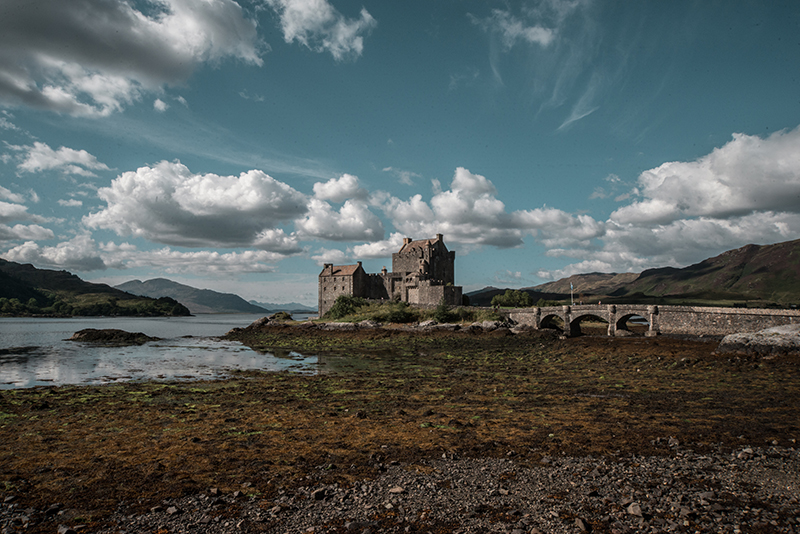
As forty odd heads shifted to the right, and our eyes snapped open in anticipation, we all gasped at the surreal scene, for in front of us, perched in the middle of a large loch, surrounded by peaceful lapping water, a crisp breeze and dreamy mountainous landscape, was the most gorgeous Mediaeval castle most of us had ever seen − in real life, at least. It was a scene we had envisaged when choosing this Haggis Tours Skye High expedition, and there it was for the taking.
Eilean Donan Castle, originally built in the 13th Century, but lovingly restored over the years, familiar to a few as it has been featured in various films and photo-shoots.
This wasn’t the last castle or set of romantic ruins we would come into contact with on our journey further into the Highlands of Scotland, and even though the landscape varied from lochs and mountains, to desolate, craggy regions featuring jaw-dropping sheer cliffs dipping into the icy ocean, it was all magical − everything I’d hoped.
The Isle of Skye itself is all dramatic landscapes surrounded by sea and boasts Scotland’s oldest and youngest mountains. A geologist’s dream, with something different to discover on each and every journey.
Faeries, folklore and Skye high adventure
I was more interested in the folklore of the place − and yes, stories of faeries, princesses, monsters, romance, battles and betrayal run rampant in these parts.
Fortunately for us, Chris is the very best, most passionate story-teller I’ve ever met, and his enthusiastic accounts − of history and mythology − had us enthralled for hours. His accent didn’t hurt either (notably the Scottish accent usually ranks within the top three sexiest in the world… according to Google (and a little of my own research)).
As we edged up a steep hill, ocean and windswept cliffs drew further behind us and fields of green with odd-shaped mounds emerged in front (as pictured above). Chris explained we were about to discover a sublime little place called Faerie Glen. As I happy-danced gleefully in my mind (anywhere called ‘Faerie Glen’ had to be amazing, right?), he recounted a ‘faerie-tale’ about a young prince of this world, and a faerie princess who fell in love many moons ago.
Of course, they could never be together, but the faerie king granted them a wedding plus one year and a day together. Sadly, that year passed all too quickly, and as they parted ways, broken-hearted, the faerie princess handed her true love a special faerie flag blessed with protective powers. This flag is said to have been used by Scots in the past, and indeed it has protected them.
Allegedly, some Scottish soldiers even took the flag with them into the Great War and were the only men in their group to return. While we didn’t actually get to see this charmed flag, we were privy to the home of the faeries.
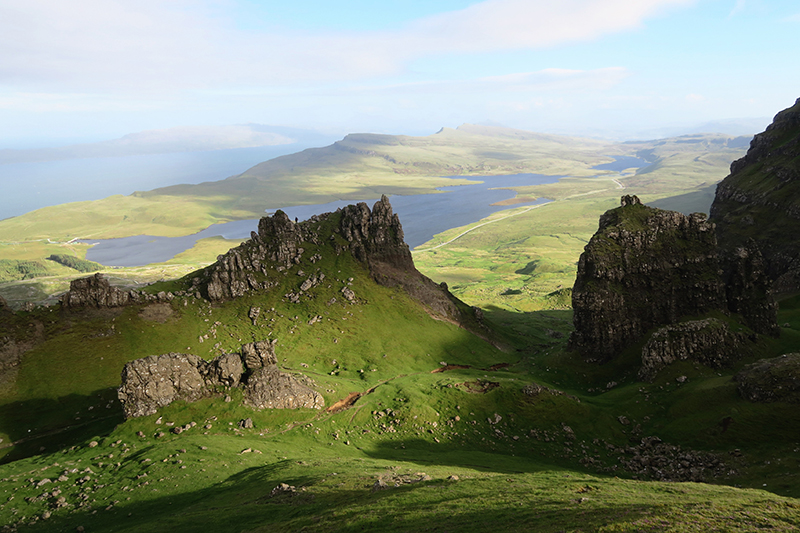
Faerie Glen is a marvellous green, hilly landscape with hidden surprises − like waterfalls pouring from cliff-tops − emerging around any given corner! It’s said, if you need help with anything important here in the human realm, if you close your eyes and walk around one of these ‘faerie mounds’ seven times, a portal of light will open up in the heather and take you into the faerie underworld.
But, beware, for time passes quickly in Faerie Glen’s underworld, so if ever you are to meet a faerie here, or seek help below, your notion of fifteen minutes could indeed be seventy years ‘up here’.
This trip was more than just sensational scenery (which would have been enough); we also learned about Scotland − history, conflicts, tumultuous relationships with neighbouring England as well as between clans.
In fact, if you’re a Campbell you’re not welcome in some of these parts to this day! We of course gained knowledge of other intriguing lore… and a little background in something very important to the Scots, whisky. There are indeed many wondrous, historical and interesting elements which come together to colour contemporary Scotland.
Evidently Scotland is home to numerous renowned features, but none more famous than Loch Ness and its notorious monster. This particular destination has been on my bucket-list since childhood. My brother, Josh, and I were both fascinated by this legend when we were young, and he managed to visit ten or more years before I made it to Loch Ness.
I’d always treasured a little Nessie figurine which Josh had bought for me, and was particularly excited to finally dip my toes into the choppy waves of this spectacular body of water.
Loch Ness is massive. It contains more than twice the water England has within all of its lakes and catchments. It’s also dark under the waves, in fact, it’s pitch black at 10 metres below.
Unexplored lava caves and tubes lead off the loch, and sonar navigation systems have detected unnaturally large shapes swimming in the depths. Basically, there is a lot of space and much scope for a monster − or monsters − to hide.
Many do believe in these monsters, and if we can appreciate anything from history, it would be that while someone may seem mad for their beliefs, it does not mean they are incorrect. Did you know that scientists understand more about the surface of the moon than about the depths of these waters? Which is why believers insist yes, the monster is possible.
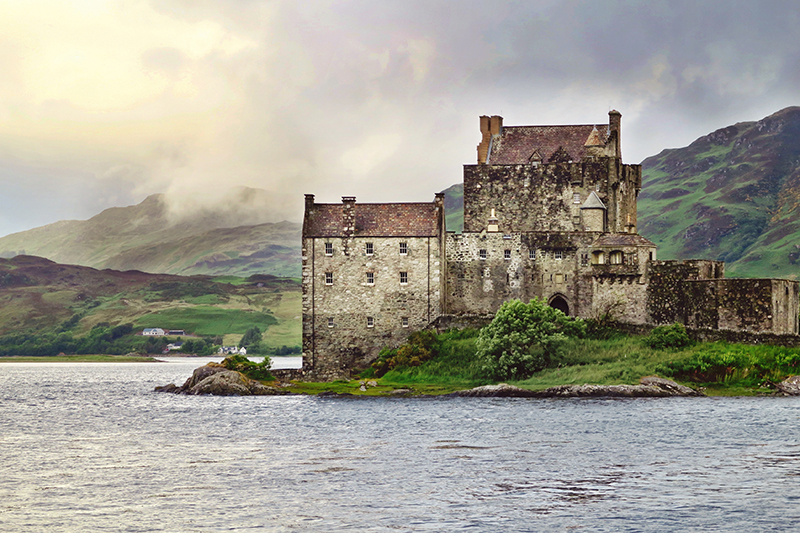
While the earliest report of a monster sighting associated with this area dates back to the 7th Century, modern documented sightings started in the 1930s, with the most famous picture, known as ‘the Surgeon’s Photograph’, snapped in 1934. A hysteria built around the story which continued into the 1950s, and while that has calmed, even to this day there is a policeman in Inverness (a city not too far up the road) who is tasked with the job of recording sightings.
Nobody knows whether Nessie is real or not, and that’s part of the mystique and allure of this story. There are things in Loch Ness; there are dangerous things − this is a fact. But it is the monster that makes it legendary.
From the captivating cliffs of Cuith Raing, sheer drops and waterfalls crashing into the ocean around Kilt Rock, to magical bodies of agua promising eternal youth, and the character of one of the world’s most delightful cities, Edinburgh: this Scotland and Isle of Skye journey is certainly one that leaves a happy traveller wanting more.
I discovered a blog by ‘Rachel in London’ who experienced this trip in 2009, and I feel she captures my feelings with these words. “Jane Austen’s book Northanger Abbey sums up perfectly my whirlwind of a weekend touring Scotland and the Isle of Skye:
‘If adventures will not befall a young lady in her own village, she must seek them abroad’.”
Go seek your adventure, and if I can impart any advice, seek it in Scotland.
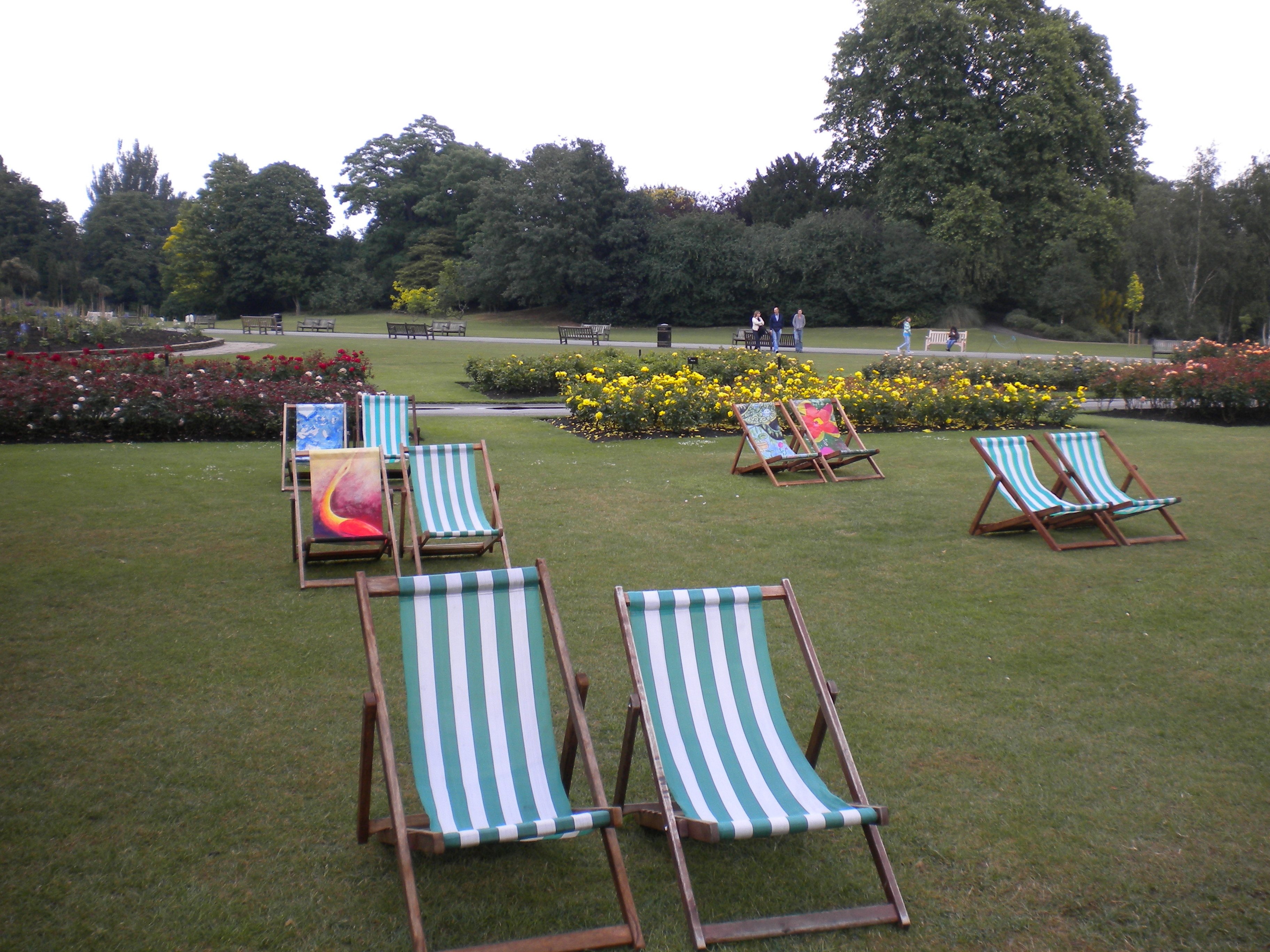
by Sarah Blinco | Oct 21, 2013 | Expats explore London, Travel blogger destinations, United Kingdom
London is a wonderful world city; most can appreciate this. What’s fascinated me about the place in recent years however, is the technology and progressive engineering that is emerging. ‘Tech City’, within London’s east-end, is the region’s equivalent to Silicon Valley, and home to many of the globe’s great technology companies. Additionally, innovative new structures are erected every year, each designed to better manage pollution and all the issues we generate as avid consumers of…. everything!
Co.Exist by international business brand, Fast Company, produced analysis on statistics in late 2012 which found London to be among the world’s top six greenest cities, alongside New York, and unsurprisingly, Vancouver, Copenhagen, Amsterdam and Stockholm.
The city held firm at number five on Fast Company’s 2012 Top 10 Smart Cities on the Planet, for intelligent use of technology and resources; “Resulting in cost and energy savings, improved service delivery and quality of life, and reduced environmental footprint”. Environmental responsibility is determined by factors such as car ownership, green space, bicycle usage, solar installations, recycling and water consumption − all taken seriously by contemporary Londoners.
Loving sustainable London
The city is simple to explore on foot, so with a day to spare I decided to emerge from the Underground and take a look at what makes this place ‘green’, and what’s driving sustainability into the future. Helping me to discover whether we can indeed learn something from operations here was Stephanie from Insider London, an organisation which has recently added another interesting walking excursion − the Cutting Edge Green Tour − to its already comprehensive, personalised guided services that showcase London from street-level.
Following the green success of the 2012 Olympic Games, numerous projects were set into play thanks to newly introduced government funding, to encourage a lasting sustainability legacy, with an aim to better balance our human needs against those of nature. Green spaces within the city’s newer precincts are a must, and my first port of call with Stephanie − Central St. Giles‘ bustling office area − provided an ideal example. This interestingly-designed space features an excellent BREEAM (Building Research Establishment Environmental Assessment Method) rating, as 80 per cent of heat in the development is generated from renewable sources (biomass), 60 per cent of rainwater falling on office roofs and into the piazza is collected and used, 100 per cent of cooling tower water discharged is collected for re-use, 90 per cent of demolition materials were sent for recycling, and green roofs and roof gardens attenuate rainfall and heat build-up. Stephanie did point out that there needs to be a balance when it comes to roof gardens − if too much water or maintenance is required it defeats the notion of sustainability, but by the same token, greenery is being added to all major cities now as it defends against smog.
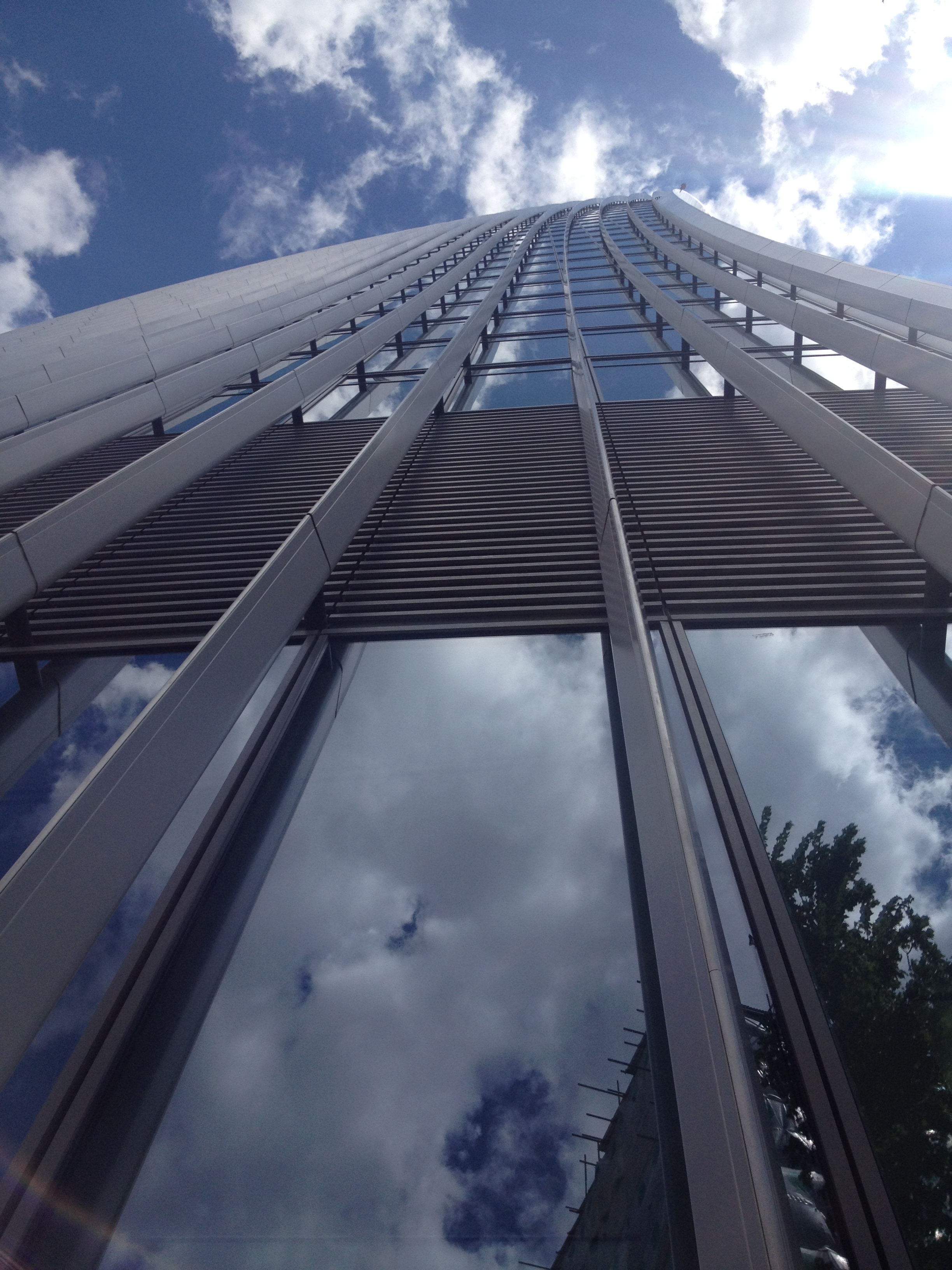
We explored the London Transport Museum in Covent Garden, which was one of the first buildings in the city to be green retrofitted utilising recycled and regenerated original materials. It features concealed solar panelling too, and an ingenious ventilation system − creating what’s described as ‘the Monroe effect’ − designed to conserve energy usually required to temperature-control museum spaces. The ‘Monroe’ terminology indeed alludes to the famous picture of Marilyn caught crossing an air vent, as this describes how the cutting-edge cooling and heating system provides an even temperature, thus preserving the oldest exhibits, including three horse-drawn vehicles from the mid-19th century.
From a spectacular stand-point on Waterloo Bridge, we discussed the successes and pitfalls of recent additions to the London skyline, the Leadenhall Building, nicknamed ‘Cheesegrater’, Strata Tower, also known as the ‘razor’ for its likeness to an electric razor, and London’s famous Gherkin Tower at 30 St Mary Axe. All new developments come ready-made with simple energy and water-saving benefits, including sensor lighting (turns off when not in use), LED lights, light and temperature monitoring and rain harvesting systems. While these buildings (and the majority of sky-scrapers in London) are now rated quite high on the aforementioned BREEAM scale, another of the clan, the ‘Walkie Talkie‘ building (20 Fenchurch Street), has been re-dubbed, ‘Walkie Scorchie’ because the contractor who supplied the glass has somehow got away with using material that heats up anything in its path; akin to a death ray from Star Wars! And yes, UK journalists have taken to the street to test a theory you could fry an egg within the beams of light emitted from the building, and indeed you can! Then there’s the Strata Tower where although green measures are in play, plans for a more significant level of sustainability didn’t quite pan out. There are three massive turbines at the top of the 147-metre-high building, which were supposed to generate eight per cent of the energy needs within, however, turns out they are far too loud for anyone inside the building to be able to think, and they cause vibration − like a small, incessant earthquake. The design team are to be admired for their idea though, and it’s quite sad it hasn’t worked out as planned. Could it be that other designers perfect such a scheme in the future?
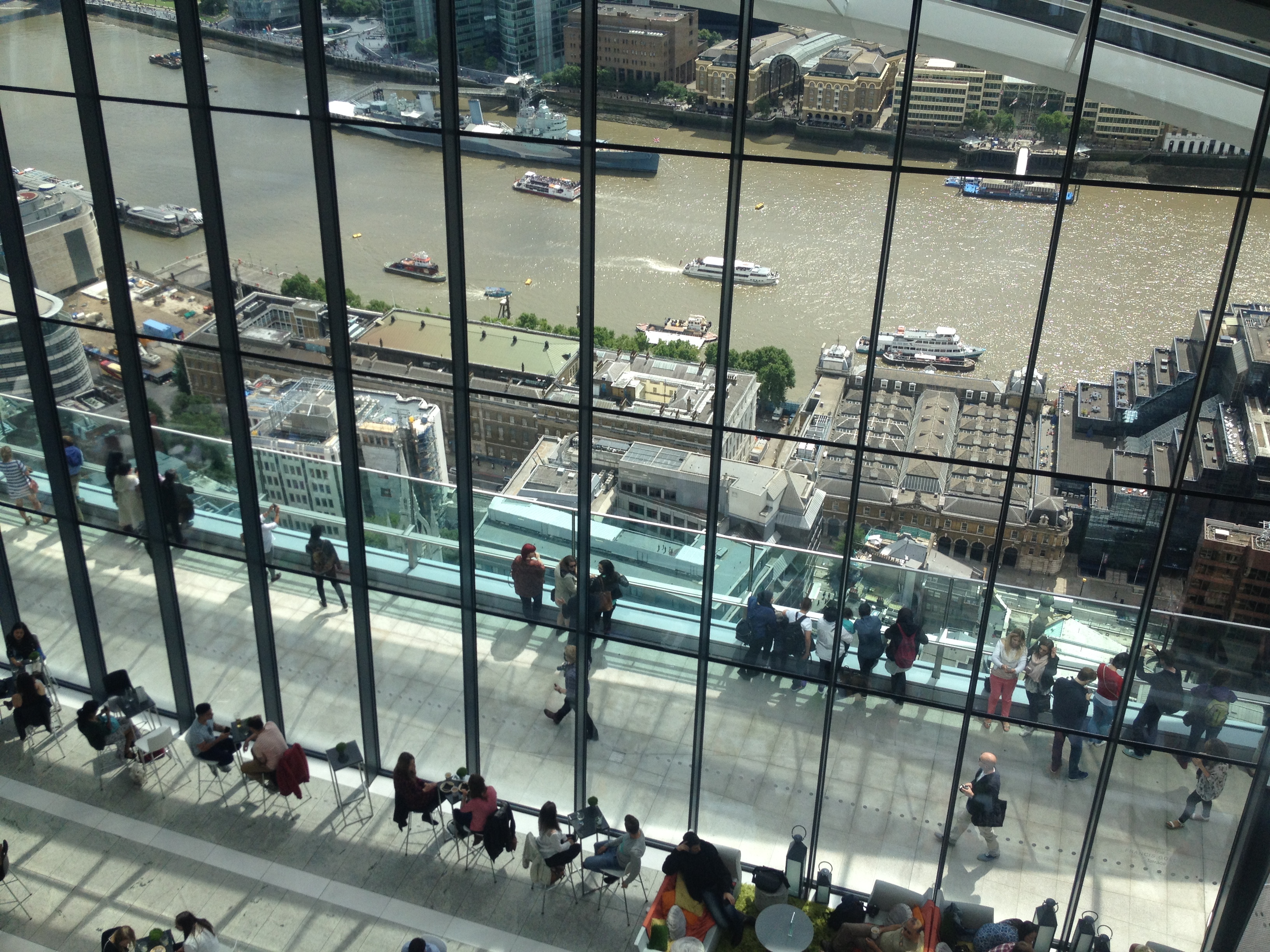
Back on street level, we discuss improvements made to the likes of the Southbank Centre, Royal National Theatre and London Eye which boast upgraded energy-saving ventilation systems and LED lighting. The new Blackfriars Bridge has been hailed “the sunniest bridge in the world” courtesy a roof made up of 4400 solar panels, which means it is apparently the largest solar bridge in the world, and the bridge produces enough clean energy to power about 50 per cent of Blackfriars transit station’s needs. Also worth a visit is the Southbank Centre Roof Garden − one of the city’s best-kept secrets − an oasis which features fruit trees, wild flowers, herbs, stunning views and a cafe and bar.
Wandering around we notice a few of London’s new fleet of electric buses ferrying commuters between central city stops. The new vehicles have three doors rather than two, which is not only more energy efficient but means additional staff score jobs as one more person is needed to man each bus (at the back end). Cycling is becoming more popular by the year here, particularly following the implementation of the ‘Boris bike’ and its hire system originally inspired by the city of Montreal in Canada, and one that has since rolled out around the world. New and improved ‘cycle highways’ are encouraging commuters to re-think costs that can be saved by cycling, not to mention the reduction of our carbon footprint and personal wellness benefits. Free, super fast electric car charging stations are now also located around the city, so you can plug in, nip into Marks & Spencer (M&S) for some groceries, and be on your way, petrol-free.
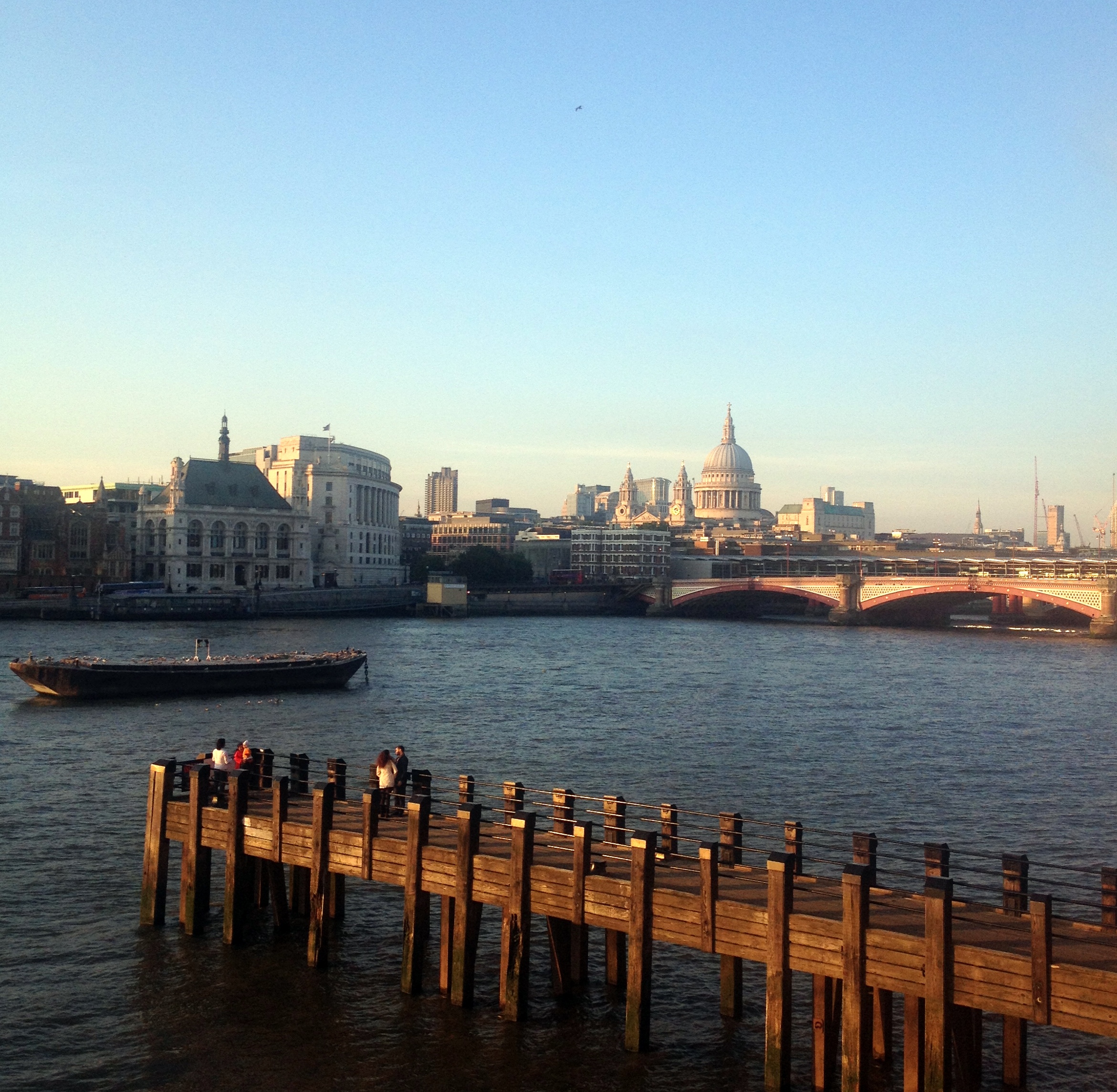
Speaking of M&S, did you know it is one of the greenest retailers in the world? Just a few of the innovations the organisation has implemented since its 2007 Plan A eco-agreement are all lights in stores are now LED, plastic shopping bags come at a cost, their operations are carbon neutral and no rubbish is sent to landfill − it’s all recycled or composted. M&S also engage local British suppliers, recycle plastic bottles into polyester which is then used in some of its clothes lines, and sell fair-trade product. Another high street example of an eco-friendly retailer is Lush, who promote a ‘naked’ policy − no packaging where possible, which saves water, energy and transport costs. There are not too many liquid products sold at Lush, and a few of the company’s innovative items include tooth tabs (an environmentally-friendly alternative to toothpaste) and ‘hard’ hand-cream and body butter which looks like soap but rubs off and melts into the skin. The colourful and quirky Neal’s Yard in Covent Garden is an interesting place too, as the precinct hosts some of the UK’s leading independent organic and natural health retailers, including the famous Neal’s Yard Remedies which was founded quite ahead of its time in 1981.
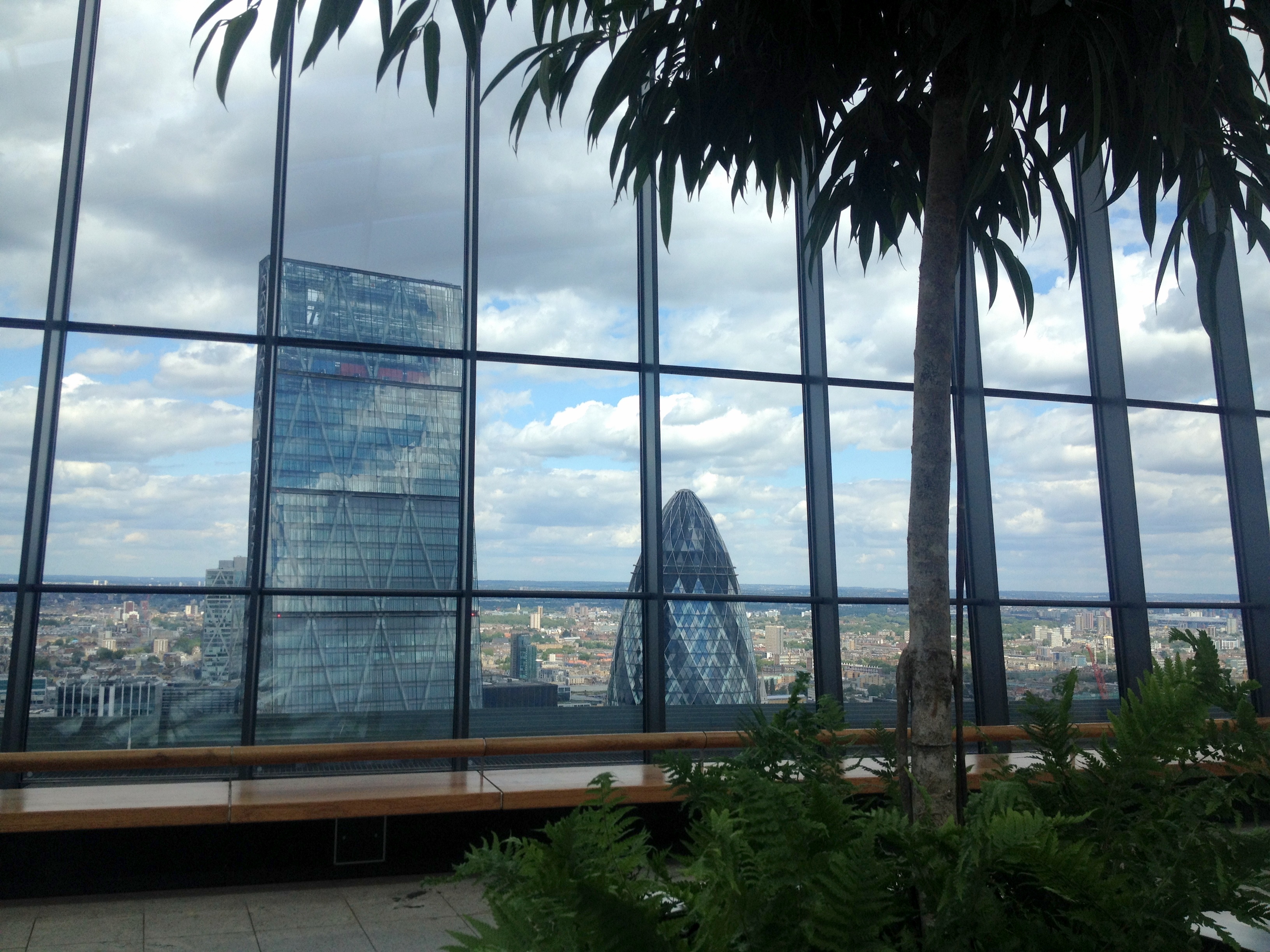
Of course, mistakes have been made here, and there’s always room for improvement. In London that is particularly highlighted when it comes to water conservation, where the city struggles due to ageing and leaking pipes. However, plans are underway to address the issue, and citizens are behind the push. London has been internationally recognised for sustainability innovations such as congestion tax and its robust transit system. Importantly, because players at the top of the game are setting an example and encouraging sustainable lifestyles − gardens, cycling, conserving energy and recycling − the people are following suit. From my perspective, on my ‘home front’, many Australians are doing their utmost to lead the charge, but there are many others falling behind because of laziness and a poor attitude to sustainability portrayed by many regional councils. One would assume it would be harder to get people to act on a larger scale, such as that of a city like London or New York, but evidently it is entirely possible. And I think that’s a great message for all of us − no matter where we live − moving into the future.
While in London I also took the wonderful, informative and fun Quirky Walking Tour with Helen from Insider London. Two enthusiastic thumbs up if you’re seeking a better way to learn about this interesting metropolis.
Want to talk travel, tech and green designs? We’d love to hear from you. Come and visit on FACEBOOK or TWITTER
by Sarah Blinco | Oct 12, 2013 | Expats explore London, Travel blogger destinations, United Kingdom
A new day, a new London discovery. Evidently I’m a bit behind on happening across this hip area – just a hop, skip and a jump from London Bridge Tube – but thankfully I now know Bermondsey Street is definitely worth a peek. Or, if you’re looking for an area to stay during your travels, there are options such as Think: Bermondsey, which might satisfy your requirements. Aside from chic coffee shops and boutique bars, and its own annual street festival which happens in September, here are five key reasons to seek out Bermondsey…
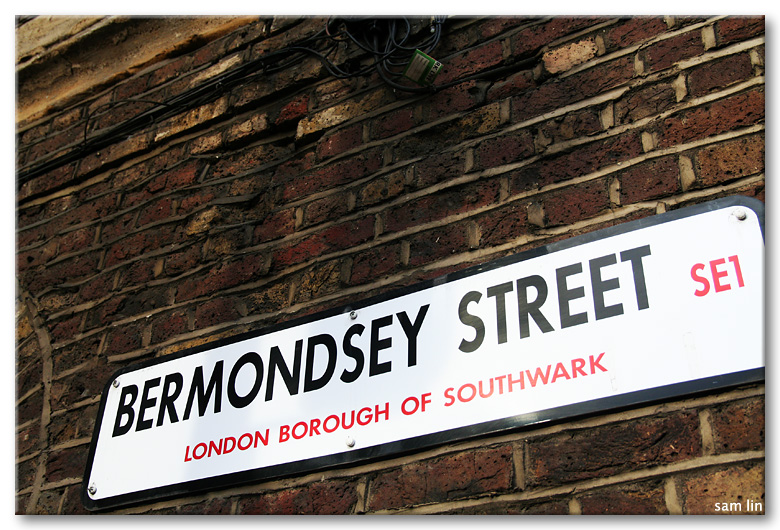
Discovering Bermondsey Street in London
1. Insiders tell me this is one of the Top 3 restaurant streets in London, and there’s a rule here: no chains. The calibre and quality you’ll love is all local – produce (much of it from Borough Market, just up the road) and chef talent. French, Spanish, Italian … it’s here, and it’s delicious.
2. London’s Fashion & Textile Museum is here! Founded by iconic British designer, Zandra Rhodes, the centre showcases a programme of changing exhibitions exploring elements of fashion, textile and jewellery.
3. The Wine & Spirit Education Trust HQ is here on Bermonsey Street too. I know!! Thank me later ;-) Here you’ll discover all sorts of courses and events of interest for beverage enthusiasts.
4. The White Cube Gallery is very cool, and hosts a range of modern art and exhibitions.
5. Don’t miss the famous Bermondsey Square antiques market every Friday. The market itself has an interesting – if not dubious (according to my sources) – history, but, it’s still around today for you to browse … be early though, as the good pieces sell quickly.
Do you have an insider London tip? Share with fellow fans of the city, on FACEBOOK or TWITTER x

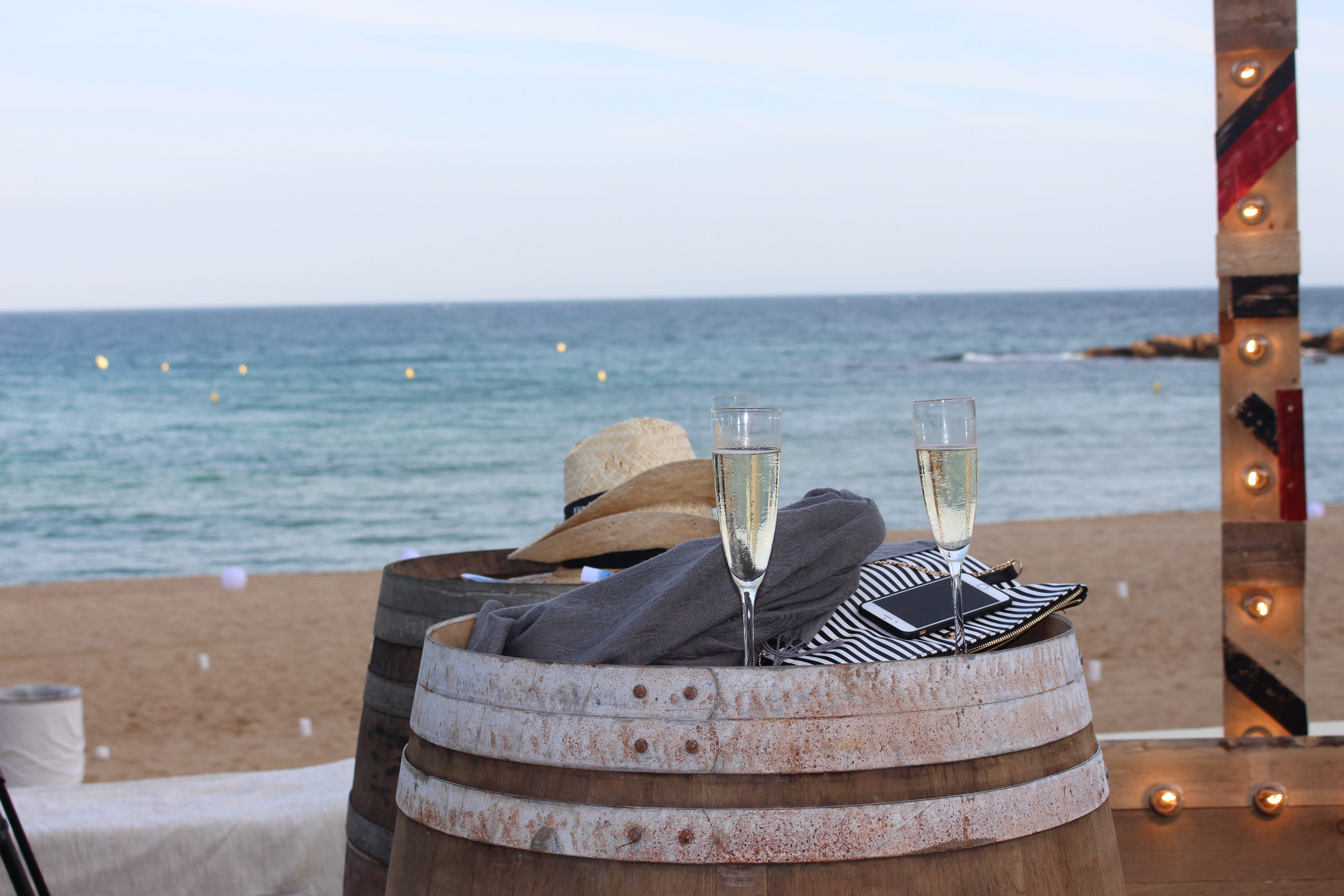
by Sarah Blinco | May 26, 2013 | Europe, Spring and summer in Europe, Travel blogger destinations, United Kingdom
I was recently contacted by a TravelLiveLearn.com reader who is excited to be touring Europe this summer with our fab mates from Expat Explore. As it’s her first time on tour in Europe in the summer, she was keen to know what she should take, and she was confused by the plethora of information available on the Internet. Being that this seemed like a valid travel query, I’ve decided to post my answer and suggestions here for anyone else lucky enough to be touring through Europe in 2013 (bliss!).
Summer tour packing tips:
- High heels are not required. You definitely do need flip flops, comfortable walking shoes (there’s LOTS of walking which is fine, but you need comfy, supportive shoes that aren’t too worn), and one other pair of casual type shoes that will double for if you go out or want to wear something different to dinner – I’d suggest an easy-going, pretty pair of wedges or mid heels – an ‘all rounder’ kind of shoe. Regarding clothes and shoes, you will find that you wear the same things over and over, and a lot of the items you pack ‘just in case’ (eg. high heels, a pretty shirt that you don’t wear often, a new skirt…), you won’t wear at all. It will be hot, so think of what you feel most comfortable in when you’re at home in summer – that’s what you end up wearing all the time!
- Regarding medications, obviously if you have a particular condition (eg. asthma), be prepared. Perhaps buy a packet of travel sickness tablets in case you get motion sickness from the coach or plane. If you’re in any way unsure if you get sick while travelling, get some to have on hand – always better to be prepared, and these are generally sold over the counter in pharmacies. I would always also bring a packet of paracetamol, non-drowsy antihistamines (eg. Zyrtec or cheaper generic brand), a pack of Nurofen (Ibuprofen), and not that we needed it, but I always carry something for diarrhea. Ladies, if you tend towards urinary tract problems, it’s probably a good idea to take Ural sachets (or similar), just in case. I’d also suggest taking a multivitamin with you (or Berocca), to keep your immune system up to speed. They’re exciting but long days.
- You will also need a good sun cream (for face and body) – essential! – and perhaps insect repellent is a good idea too.
- Prescription medicinals – Chat to your doctor in advance regarding any potential issues with health, anxiety, sleeping or illness, and make sure any prescription medication is properly labelled.
- Pack light! Start a list before you go that only includes what you would wear in the summer you’re used to. Leave room in your bags, because you’ll want to stock up on food and alcohol at supermarkets along the way – trust me, this is the cheapest and most efficient way, especially if you’ve already invested a fortune in your trip already for example, if you’ve had to fork out for an airfare from the other side of the world to get to Europe/UK in the first place.
- Another reason to pack light – it’s cheap enough to buy various season-appropriate clothes on the road, and let’s face it, you’ll be going shopping anyway (it’s half the fun)! Pack your comfiest shorts/skirts/tshirts – this is what you’ll live in. I am not a shorts person, but I think 90% of days on the road I lived in a denim skirt, t-shirt or singlet, hat, walking shoes and socks. All the other rubbish I had in my bag was just annoying to carry around! Also you won’t need jeans I don’t think – it’s too hot at that time of year, and they’re heavy. Pack a light cardigan or long-sleeved shirt, but remember, you can layer with singlets and t-shirts if it’s at all chilly anywhere (which I doubt it will be).
Enjoy the summer! If you have other packing tips for travelling Europe please do share, either in the comments below, or find us at Facebook.com/TravelLiveLearn or Tweet @sarahblinco.
If you’re considering a trip with Expat Explore, read about our first-hand experience HERE (we had a blast!).


























